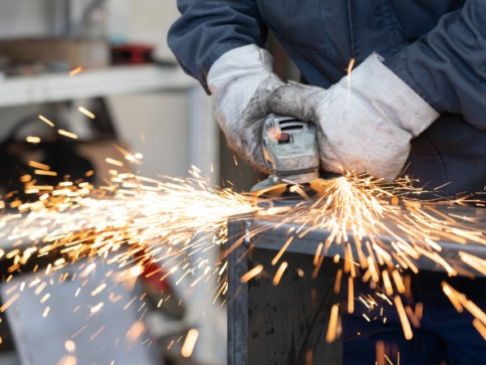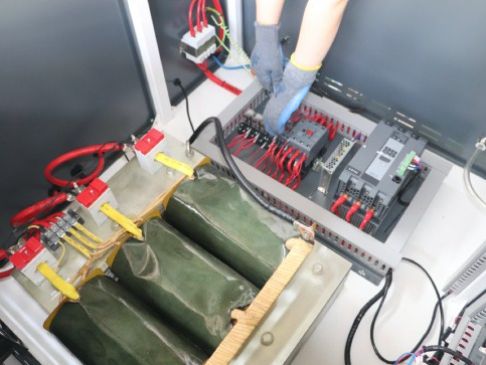Time:
Working Principle of Annealing Furnaces
Annealing is a heat treatment process that is used to alter the chemical or physical properties of a metal to make it more ductile and reduce its hardness.
An annealing furnace works by heating an annealing furnace above its recrystallization temperature and then cooling once the sample has been maintained at this temperature for a suitable amount of time.
During the annealing process, the atoms within a sample diffuse in the crystal lattice and the number of dislocations reduce, changing the ductility and hardness properties of the sample. Recrystallisation occurs as the sample cools down.
Heating the sample is what increases the rate of diffusion by providing the energy required to break bonds. Atom movement has the effect of redistributing and eradicating the dislocations in the sample.
There are three stages in an annealing furnace; recovery, recrystallization, and grain growth.
The recovery stage occurs at the lower temperatures of the process. It is where the material being annealed is softened by the removal of linear defects called dislocations and the internal stresses they induce.
The recrystallization stage is where new strain-free grains nucleate and grow to replace those that were removed in the recovery state.
Grain growth only occurs once the recrystallization has finished and if annealing is allowed to continue. During grain growth, the microstructure of the material starts to coarsen, and the material can lose some strength, so further heat treatment would be required.
Related News

ndustrial furnaces are used globally for a wide range of applications. As the selection of applications grew, different types of furnaces were developed to keep up with demands.
ASHING FURNACES
Ashing furnaces are used to determine the amount of ash that forms after a sample is burned. Typical materials used as samples in ashing furnaces are petroleum products, lubricating oils, and coal.

Our furnaces can be used in high-temperature tempering, annealing, quenching and other
Get A Free Quote
Submit Request